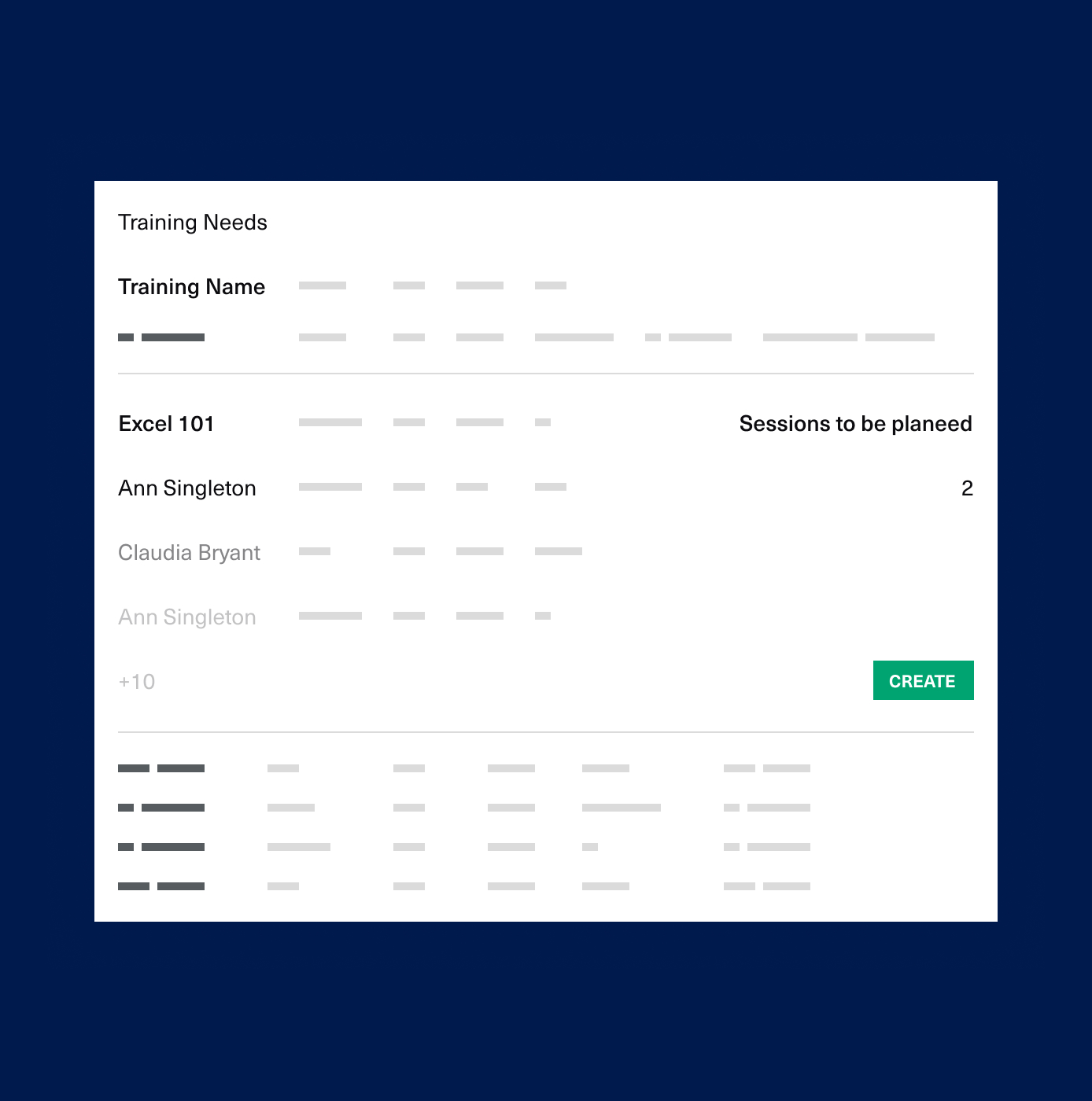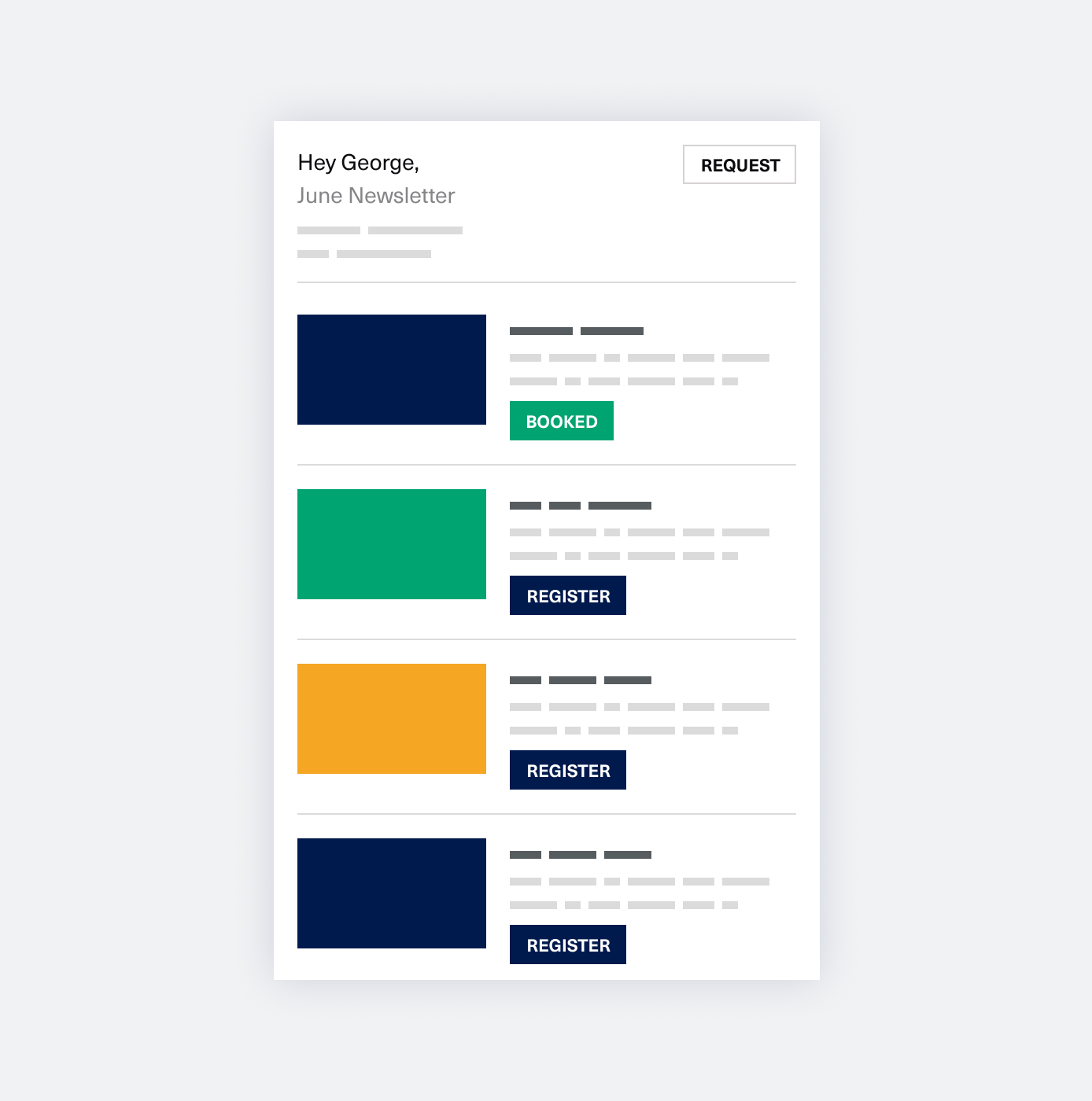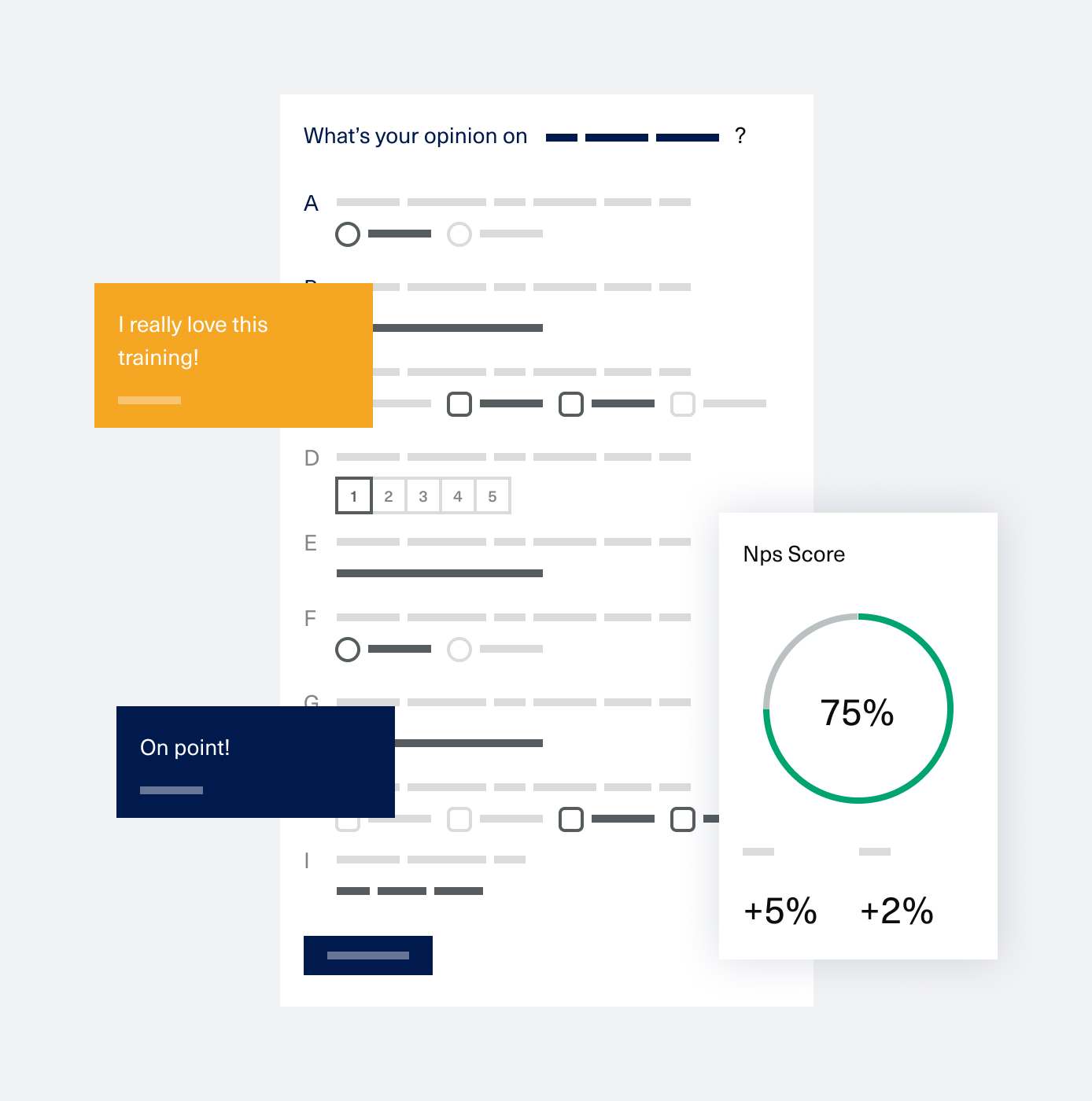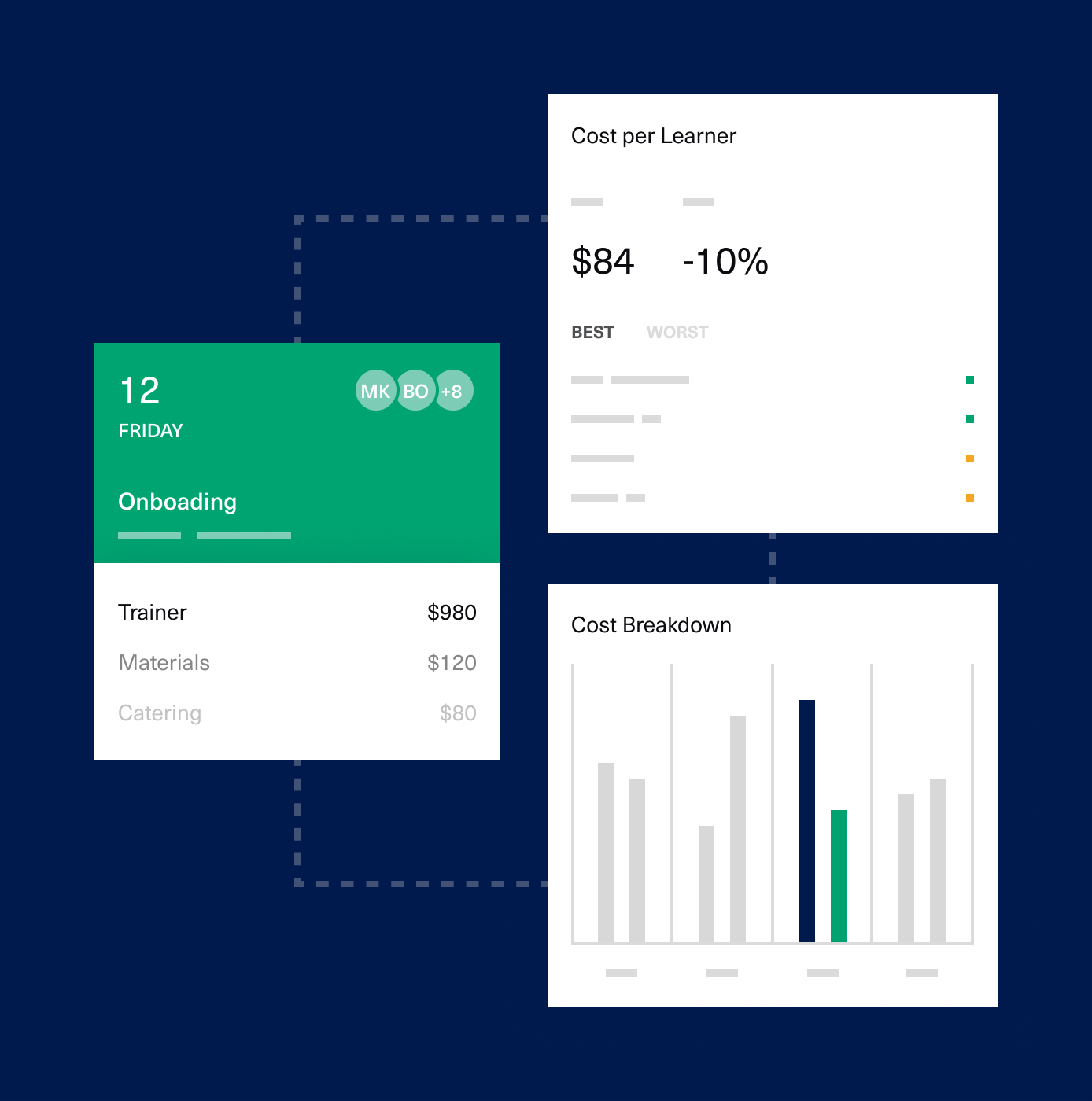In this episode, we tackle some of the most important aspects of L&D work, answering questions about:
* L&D’s internal customers
* how to improve L&D’s understanding of the business
* the access to the company’s strategy and how L&D can contribute
* the multidisciplinary aspect of L&D work
* whether the function should be rebranded
* how to work together with the other People functions
* personal development for L&D professionals
A breakdown of the episode’s topics has been graciously created by Bülent, and you can find it by following the link below:
https://www.bulentduagi.com/podcast-notes-links-between-l-d-strategy-and-value-creation/
Highlights:
* Learning experience design should consider that humans are driven by emotion rather than logical reasoning and incorporate ways to be impactful and effective (aka “sticky”). Reading recommendation: Motivational Design for Learning and Performance.
* To make learning meaningful, L&D needs to create a relatable story around a specific piece of organizational knowledge (a procedure, process, business rule, tool/functionality). This is the core of Dr. Quinn’s latest book: Make it meaningful.
* L&D should design impactful learning experiences regardless of company culture. Reading recommendation: Drive by Daniel Pink on purpose as a component of relatedness.
* L&D must internally practice the appropriate mechanisms that create a learning culture to improve its credibility in the business.
* L&D is crucial in an organization’s ability to tackle future innovation and competitiveness. Reading recommendation: Revolutionize Learning & Development.
Data sources to support L&D business cases:
– in-house experiments, run with the support of sponsors/champions
– anecdotal data or examples from other industries that show converging results
– academic research and books (for example, for the value of social media, you can read The New Social Learning)
Quick wins that L&D can start working on today:
A. Switch the approach of designing new learning experiences: instead of teaching the audience through a series of presentations, L&Ds could try other methods: problem investigation, collaboration, answering questions, and solving tasks that require the participant to apply the knowledge learned.
B. Change the indicators that L&D measures: instead of attendance rates, time spent learning, course reviews, and time to course delivery, L&D should focus on the business metrics it supports.
C. Find an enthusiastic adopter willing to work with L&D on designing a learning experience; present to management the improved business metrics.
D. A learning experience should offer ample practice context – currently, only 80% of the content is theoretical, and 20% is practical; L&D should switch the proportion.

Course Library and Assignments
Create and maintain your company’s catalog and advertise it to your employees. Assign courses and pre-work, manage materials, and configure all of the pre-requisites for a specific course.

Live Training
Have a real-time overview of your training plan. Create, schedule, and track in-person or remote training events. Register participants, mark attendance, and automate the pre- and post-event communication.

Waitlists and Approval Flows
Forget about manually managing your waitlists and approval flows. Your L&D team doesn’t need to constantly go back and forth to handle last minute cancellations and unresponsive managers.

Training Needs
Move as fast as your organization needs you to. Plan training events rapidly by looking directly at the real-time training requests submitted by your department, line managers, or learners.

Training Newsletters
Automate communication with learners. With our beautifully designed training newsletters, your learners are notified about new opportunities for learning and professional development.

Feedback Collection
Gather in-the-moment feedback from your training participants, to get actionable information that improves your learning offer and to get more engaged audiences.

Financials Tracking
Track training event expenses in real-time. Add delivery costs, venue fees, and others as soon as they are paid, so you don’t have to go through piles of paperwork later. Extract info such as price per learner, business unit budget, cost breakdown, financial efficiency, etc., in seconds.

Learning Paths
Use learning items as building blocks to create targeted learning programs. Organize your learning content to satisfy a multitude of business requirements (such as a new job role, a program that the employee must go through).

Online Content
Publish your learning materials (SCORM, PDF, video, etc.) and send them to your learning audiences.

Smart Groups
Assign learners to custom groups automatically, so they have access to the right learning at the right time.

Custom Reports
Instantly see and share the data that matters with the help of automated reports. Gain visibility over your training operations using fully detailed reports.

Metrics & Trends
Get a real-time overview of what’s up, what’s next, and what’s left to do for the L&D department. See the data change over time in Nifty’s intuitive Analytics dashboard.

Regulatory Compliance
Navigate local, national, and international learning requirements with automated tools and reports that take the effort out of compliance, wherever or whoever you’re training.

Single Sign-On
Simplify your team’s user management and access.

World-class Security
Securely manage your most valuable asset. However large or small your training database is, we’ve got the controls in place to handle your employees’ training data safely.

Onboarding and Implementation
Our dedicated product specialists will have your teams up and running in days, not months — and will keep being available to answer questions at any time.

Premier Support
Every Nifty Learning customer has access to our Customer Success team to create, build, and deploy great learning experiences.

Integrations
We provide an integration API, and we can integrate with any of our customer’s 3rd party systems (HR system, ERP, CRM, calendar, room booking system, content provers, learning platforms, etc.) to provide a seamless merge between our platform and your current tech stack.

Automation
The platform allows the L&D manager to decide how much of the workflow can be automated.
Either fully automated actions, where the L&D manager only adds a new session and the platform does the rest until completion, or manually managing each step of the session management process.


















